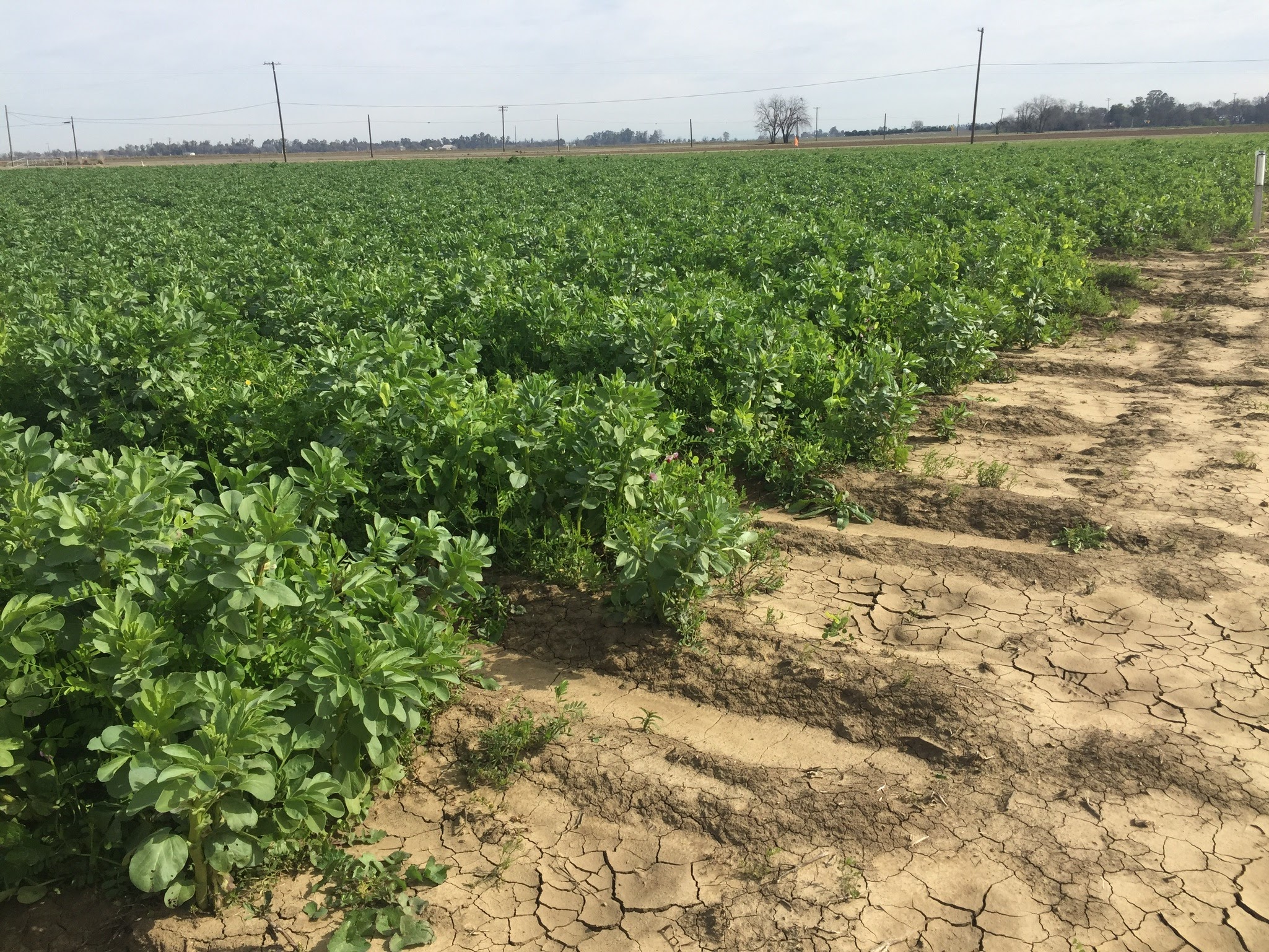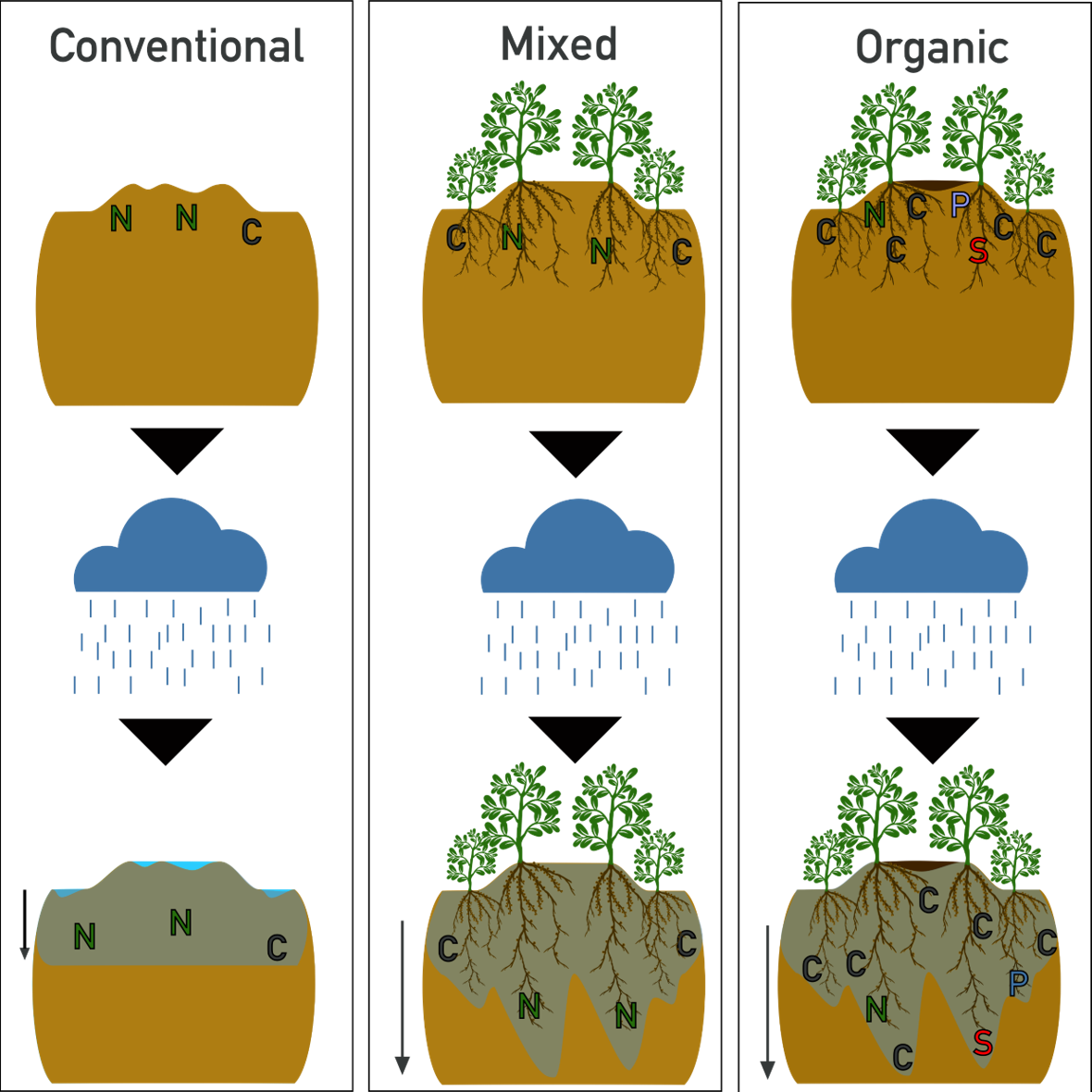Research
How does agricultural management increase or decrease soil carbon stocks over decades?
What are the microbiological, physical and chemical factors that drive these changes in soil carbon?

These are the questions underlying my graduate work at UC Davis, asked in the context of the unique Russell Ranch Century Experiment. As part of the Scow Soil Microbial Ecology Lab, I shed light on the processes that drive carbon loss and formation in surface and subsurface soils in the California Central Valley.
My Ph.D. thesis explores the changes that occur after 2 1/2 decades of mineral N fertilizer, cover crop, and compost application using a variety of methods: carbon and nutrient analyses, spectroscopy, shotgun metagenomics and PLFA.

Synergy between compost and cover crops leads to increased subsurface soil carbon storage
Read the preprint hereSubsurface carbon stocks are a prime target for efforts to increase soil carbon storage for climate change mitigation and improving soil health. However, subsurface carbon (C) dynamics are not well understood, especially in soils under long term intensive agricultural management. We compared subsurface C dynamics in tomato-corn rotations after 25 years of differing C and nutrient management in the California Central Valley: CONV (mineral fertilizer), CONV+WCC (mineral fertilizer + cover crops) and ORG (composted poultry manure + cover crops). Our results showed a ~19 Mg/ha increase in SOC stocks down to 1m under ORG systems, no significant SOC increases under CONV+WCC or CONV systems, and the accumulation of carboxyl rich C in the subsurface (60-100 cm) horizons of all systems. Systems also had greater amounts of aromatic carbon in the order ORG>CONV+WCC>CONV. Our results show the potential for increased subsurface carbon storage under compost + cover crops in tilled agricultural systems, and identify potential pathways for increasing carbon transport and storage in subsurface soil layers.
Russell Ranch Metagenomics
Soil carbon storage impacts water retention in soil through complex interactions between nutrient inputs, soil physicochemical properties, and soil microbiome. To elucidate the mechanistic basis of soil carbon storage, and to enable improved prediction and system-level manipulation of soil carbon storage, we are investigating the functional traits of soil microbial communities responding to different cropping practices using genome-resolved metagenomics. Our study is at Russell Ranch Sustainable Agriculture Facility and is part of the long term "Century Experiment" representing different crops and management systems that has been in place for over 20 years. We analyzed metagenomes from 64 soil samples from post-harvest sampling of the mineral fertilizer , mineral fertilizer l plus cover-crop, and cover-crop plus organic compost-amended plots of rotational corn and tomato, spanning soil depths up to 1m.